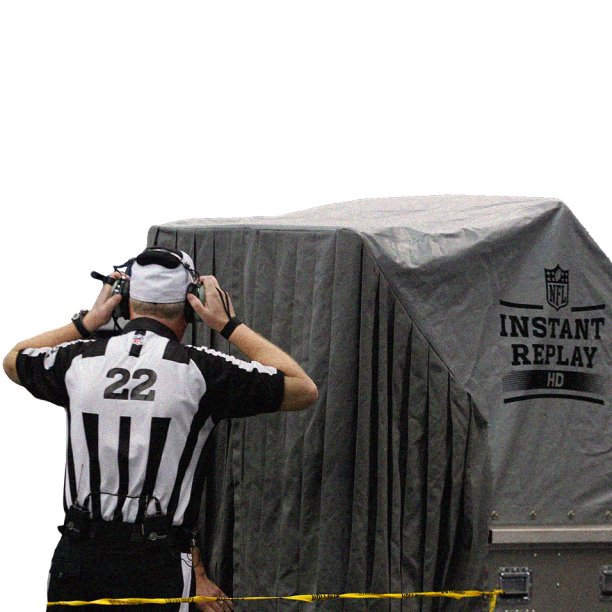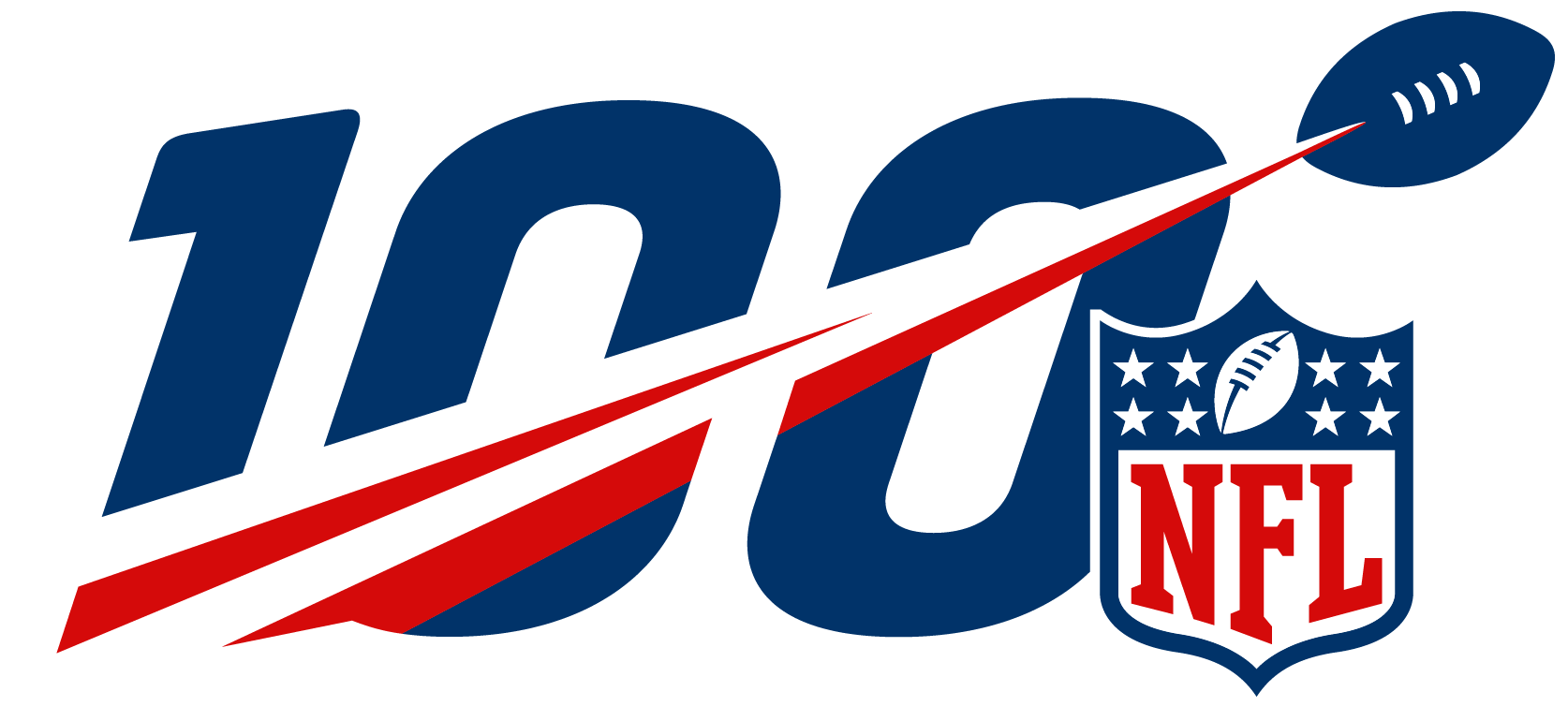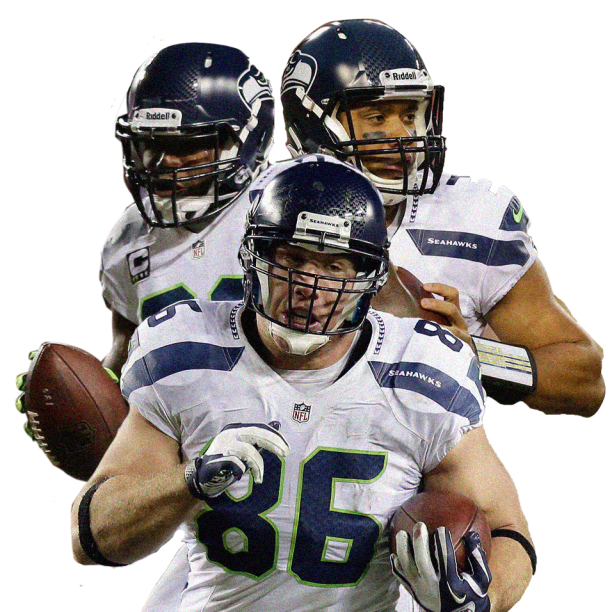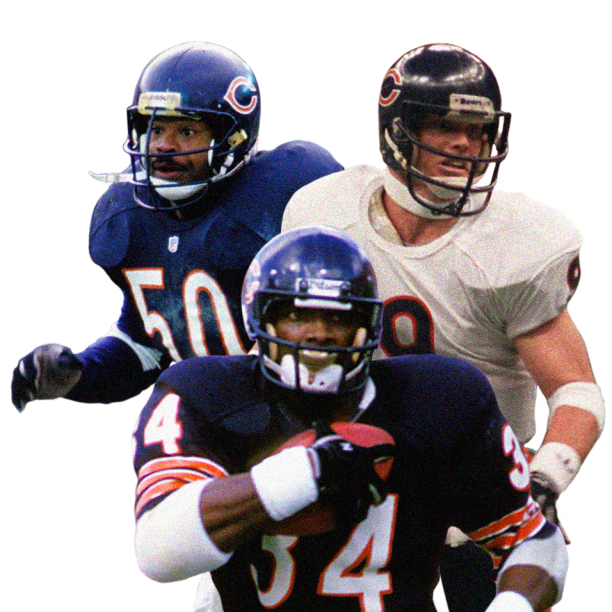

Instant Replay

Instant replay has been a controversial topic in the NFL for decades. A system was first tested in the 1978 preseason, but limited camera angles and expensive technology caused it to be scrapped. It was first adopted in the 1986 regular season, with booth officials using VCRs and tiny TV monitors to rewind and watch replays of fumbles, interceptions, catches, and plays involving the out-of-bounds and goal lines. But few calls were reversed, and owners voted to scrap the system in 1991. Opponents believed that instant replay slowed the game down, removed the human element, and reduced the game’s purity, while proponents argued that the game must adapt to technology and ensure that every call is correct. Instant replay was re-instituted in 1999, this time allowing for coaches’ challenges, mainly on out of bounds and scoring plays – and the reviews took place on the field by referees, on a monitor. In 2007, owners voted to make instant replay permanent, and high-definition systems were installed in each stadium. Today, officials in the league’s Manhattan headquarters consult with a referee, who replays the video on a tablet, and pass interference and no-calls have become reviewable. Instant Replay has brought additional drama and excitement to football; when a call the home fans don’t like is under review, they go wild – and they celebrate even louder if that call is reversed.
Most Popular









